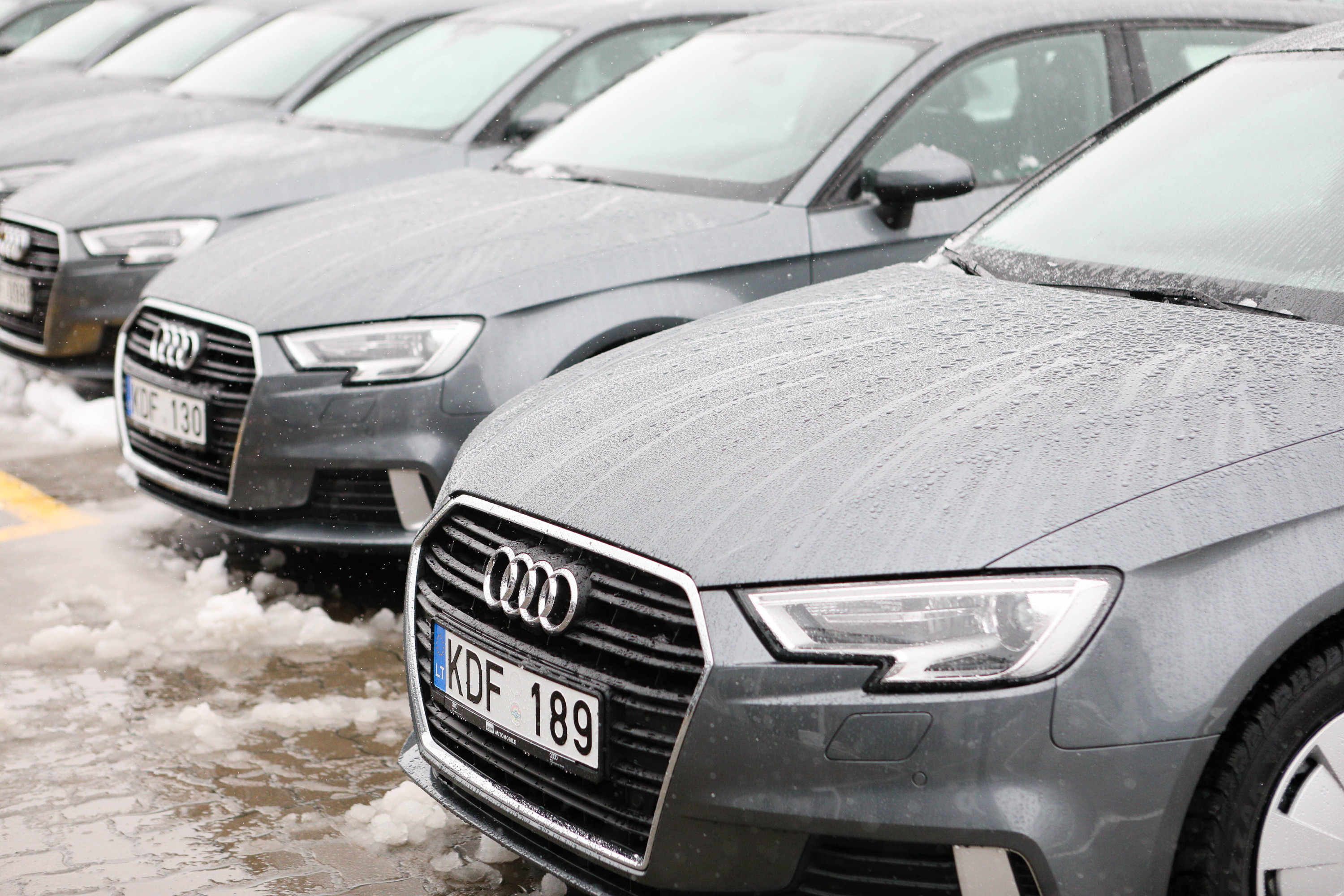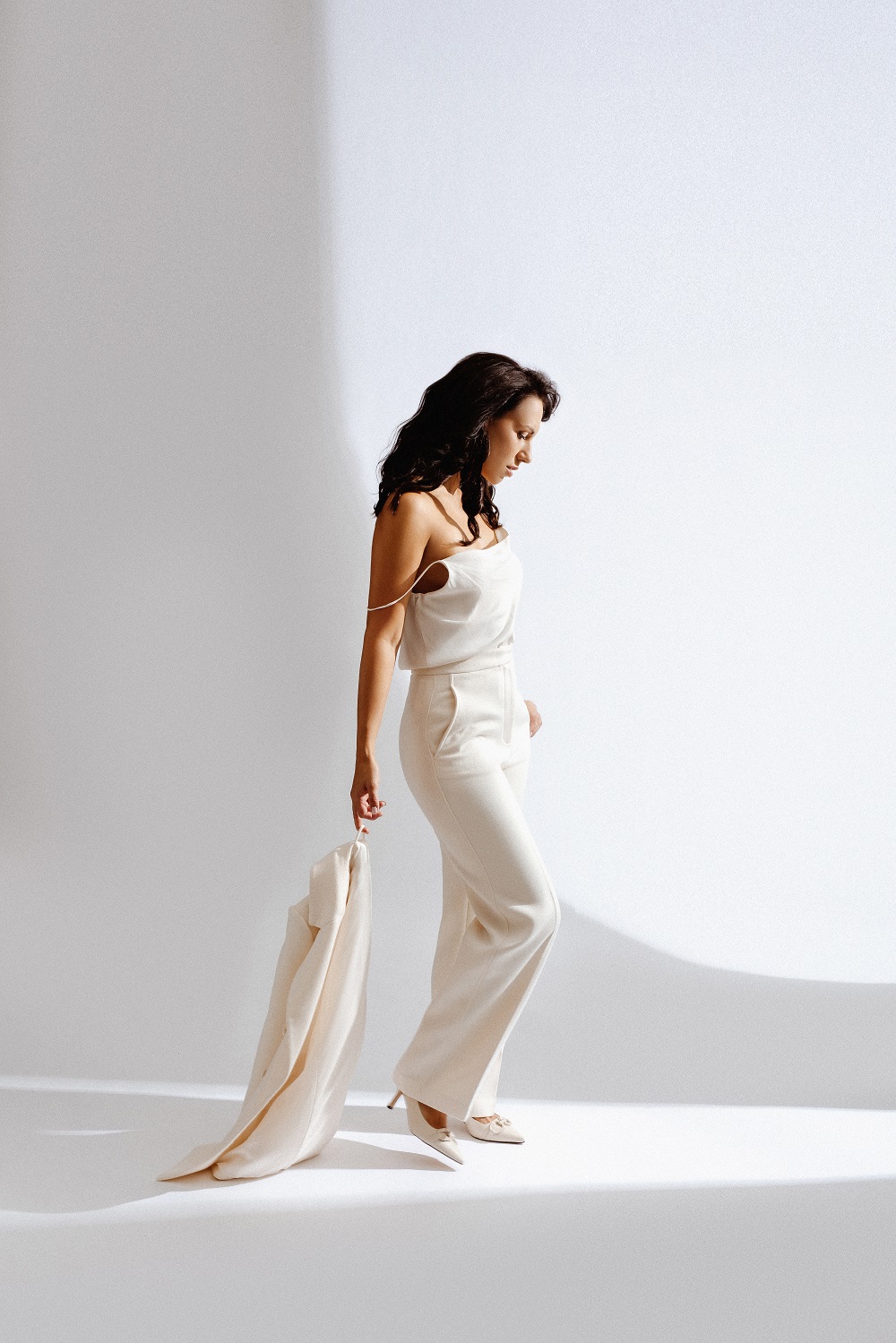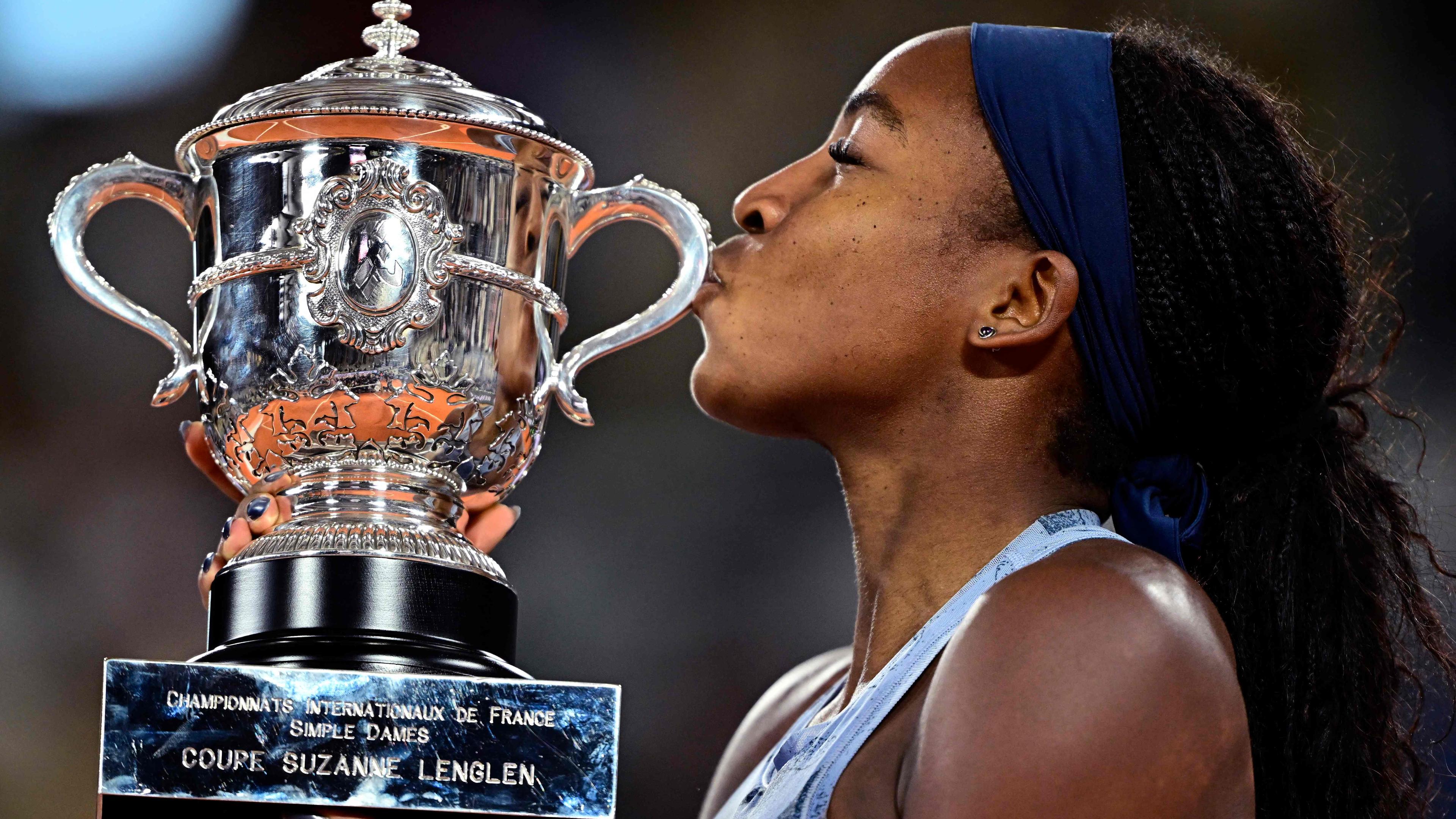Passion for historical cars: Who deserved this status?

An aging limit
Regitra data shows that 2,683 cars with historic numbers were registered in Lithuania. Of these, 1,531 vehicles were made after 1985.
Consequently, if the Age extension law was finally passed, the said cars would lose their exceptional status.
According to the current Road Traffic Safety Act, models are recognized as a historic motor vehicle, which are made 30 years or earlier and at least fifteen years ago no longer have a conveyor. Such vehicles must be original, suitable for operation, but not used for daily use.
However, some politicians have noted that cars made 30 years ago are still quite often on the country’s roads, as their date of production was 1995. Lithuanians drive such cars daily, so they have an extremely low historical value or no. Therefore, the Seimas registered a proposal to change the definition of a historic vehicle and to delay its age from 30 to 40 years.
Favorite – Sluma
Most of Europe also has a 30 -year time limit to obtain the status of a historic vehicle. Autoplius is delivering cars that are already among these elect this year.
Let’s take a look at the models the owners could receive this year’s license plates owned by historic vehicles.
One of the most popular brands in Lithuania should start. 1995 In September, the world was introduced to the 5th series BMW code name E39. It is true that for most of us it is better known as « plum ». At that time, the model featured advanced technologies such as aluminum suspension, improved aerodynamics or even TVs. The interior was made of high quality materials. The engines gamma was very wide, from an economical 2 -liter, four -cylinder engine to powerful six cylinders and V8 units. The M5 version, which made his debut in 1998, received the most attention. and had a 4.9 -liter V8 engine that develops as much as 400 hp – at that time it was one of the most powerful sedans on the market.
The BMW E39 was produced until 2004, and during this period not only the sedan, but also the more spacious version of the Touring station wagon, was created. The model was distinguished by extremely good driving dynamics, comfort and durability. Even today, many car enthusiasts consider E39 one of the best due to mechanical simplicity, quality and driving pleasure.
The trouble: The Peugeot 406 featured frequent electronics problems, but later models were eliminated. / L. April / Photo by BNS
A set of problems
1995 The new Peugeot 406 was also introduced. This car stood out in an elegant, modern design and comfortable chassis. Time has also shown that one of the exceptional disadvantages of this model is electronics problems.
At that time, the sporty version of the 406 coupe, created in collaboration with the Pininfarina Design Studio, was particularly distinguished. This model was produced until 2004. and has won several awards for design and security.
In the same 1995 The Opel Vectra B replaced the first -generation Vectra A and has become one of the most important Opel models in the mid -range car segment.
It was a whole new generation model that marked the direction of the manufacturer’s modernization to compete with strong market players like Volkswagen Passat, Ford Mondeo or Peugeot 406.
The rust ate
The Vectra B was distinguished by a new and then modern design. The car became more spacious, safer and better isolated from noise than its predecessor.
Buyers were able to choose from sedan, hatchback) and the station wagon, so the model was suitable for both families and business customers. The engine gamma was wide – covering various petrol (1.6 to 2.6 l V6) and diesel engines.
One of the advantages of Vectra B is the wide selection. Customers were able to choose from basic, on average, or even luxurious versions with leather, climate control, autopilot and other comfort equipment.
Technologically, Vectra B has a better chassis that has provided better quality control and more comfort. In the field of security, it was one of the first Opel models with an equipment in front and side airbags. Vectra B was manufactured until 2002, when it was replaced by a third generation model.
Despite the fact that the Vectra B today is uncommonly guest on the country’s roads, it still has its own fans. Especially for those who value the 20th century. the simplicity, reliability and functionality of cars in the 1990s.
Today, when the 30 -year limit is reached, the Opel Vectra B is historically valuable as one of the most popular European mid -range cars of that time, well -balanced between price, quality and practicality. A properly maintained car can become an interesting classic model, especially if its original kit or rarer engine version. It is a pity that a large part of them was taken away by rust.
Collection: Opel Vectra properly maintained can become an interesting classic model, especially if the original kit is available. / A. Ufarto / Photo by BNS
German masterpiece
1995 The Audi A4 B5 has been manufactured to be replaced by the Audi 80 and marks a whole new start in the history of the German manufacturer’s mid -range models. Since then, instead of two digits, it has been moved to a combination of letters and numbers that has survived to this day.
The Audi A4 B5 was created on the new Volkswagen Group B5 platform, which was later used by Volkswagen Passat. This platform made it possible to create a perfectly balanced chassis that gave the car exceptional control and high comfort level.
The model design was classic, solid and restrained – typical German style. The Audi A4 B5 was offered with both front and all -wheel drive gear – Quattro. This system was one of the most advanced and valued among drivers looking for stability at all weather conditions at the time. The gamus of the engine is the legendary 1.9 TDI diesel engines, famous for their economy and durability.
For the Audi A4 B5, manufacturers offered what was quite rare at the time – high assembly quality, excellent materials and ergonomic control of interior systems. The main versions had a more modest list of equipment, and in higher assemblies, the manufacturer offered leather salons, automatic climate control, wood decoration, more powerful audio equipment, CD converter and many other luxury elements.
The model was produced until 2001. Since 1996 Not only the sedan, but also the versions of the station wagon were offered, which gave more practicality. The Audi A4 B5 reflects the German car engineering of that period: solid, reliable, with a strong technical base. Due to its simple but quality design and a wide range of enthusiasts, this model falls into the status of a historic car. 1.8T Quattro models with a manual transmission are particularly valued.
Models are recognized as a historic motor vehicle, which are made 30 years or earlier and at least fifteen years ago no longer have a conveyor.
Capacity Charane
1995 The legendary Volkswagen Sharan was also introduced to the world. The first -generation mono, created in collaboration with Ford and Seat, was a response to the growing need for families for families.
Sharan had to compete with models like Renault Espace or Chrysler Voyager. It has a spacious and functional salon that holds up to seven passengers and the seats can be configured or removed as needed at all if a giant trunk is needed.
The model was made at the same Portuguese factory as his twins, the Ford Galaxy and Seat Alhambra, but Sharan stood out in German design and a slightly more abundant set. The engine gamma was wide – from economical diesel 1.9 TDI to more powerful petrol. One of the most impressive is the 2.8 L VR6 version.
Until 2010, when the second generation was introduced, this model maintained a strong position on the European market. Today, the first -generation Sharan is still appreciated for its practicality, simple construction and durability.
Italian courage
1995 Fiat Bravo and Fiat Brava, the market, revealed a whole new Italian concern to the compact hatchback segment.
Bravo was a more sporty, dynamic design double hatchback. Brava was focused on practicality and family needs. These models have changed the long -manufactured Fiat Type and reflected the Italian manufacturer’s desire to create modern, stylish and technically advanced cars that can successfully compete with models like the Volkswagen Golf or Ford Escort.
Fiat Bravo was distinguished by expressive body lines, modern interiors and advanced solutions at the time. The engine gamma was wide. From a 1.4 -liter petrol engine to a powerful 2.0 l 20V engine Bravo HGT. She was particularly popular with car enthusiasts.
1996 Fiat Bravo and Brava models have earned the prestigious European car of the year, which has only further strengthened their reputation. These models were manufactured until 2001, when they were replaced by Fiat Stil.
Today, the first -generation Bravo is becoming increasingly rarer on the roads, but their bold design and technical features allow them to be deservedly candidate for the ranks of historic cars.
Innovation: The Audi A4 was one of the most advanced systems of that time. / E. Ovčarenko / Photo by BNS
Asian newcomer
In 1995, Kia Sportage made his debut in the European market as the first attempt by South Korean manufacturer to establish itself in an increasingly popular compact SUV world.
Although Sportage was first introduced in his native South Korea in 1994, it was in 1995. It has become widely available for European drivers.
The first -generation Sportage was distinguished by the fact that it was created with the help of the Japanese concern Mazda. Many technical solutions, including engines, chassis and transmission, were based on Japanese engineering solutions. The model was offered with both petrol and diesel engines. Although the car’s appearance was modest, Sportage earned drivers’ favor for practicality and affordable prices.
Sportage also stood out in its construction. It was one of the few SUVs of its class, which had a frame construction, making it stronger and more suitable for off -road conditions than many competitors of that time. Later, a shorter, double version with a convertible -type removable roof was offered.
French lagoon
1993 The Renault Laguna mid -range segment, which started his life, replaced the long -manufactured Renault 21.
The first -generation Laguna was distinguished by a modern, elegant design, a rather soft chassis and engineering solutions adapted for both everyday and longer family trips. Laguna was created with a clear purpose: competing with models like Ford Mondeo, Opel Vectra or Peugeot 406.
She offered a spacious salon, a high level of security (which was one of the first models in which the ABS and the driver’s airbag were standard) and the typical, French style. The model was offered with various petrol and diesel engines. From economical versions of 1.6 and 1.8 to more powerful 2.0, 2.2 DT and 3.0 V6. Laguna had climate control ,board computer and electric mirrors.
1995 The Laguna GrandTour station wagon also made his debut. Laguna I was manufactured until 2001, when it was replaced by the second generation Laguna II. Although today the first generation Laguna is no longer frequently visible on the roads, its simple mechanics, convenient driving and classic French design of that time make it an interesting choice for historical car enthusiasts looking for something unusual and valuable in the context of cars.









/s3/static.nrc.nl/wp-content/uploads/2025/06/07205024/APTOPIX-French-Open-Tennis_68340020.jpg)